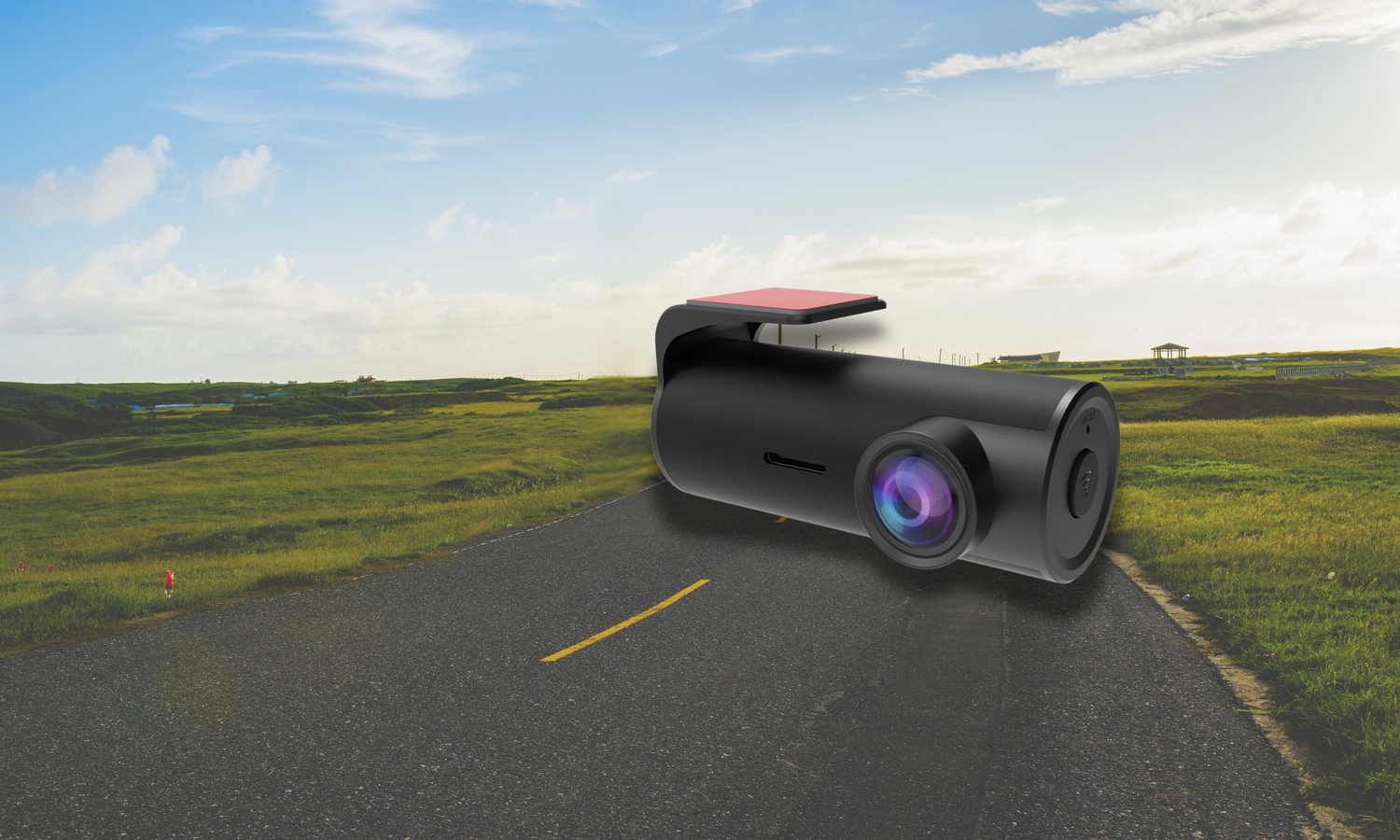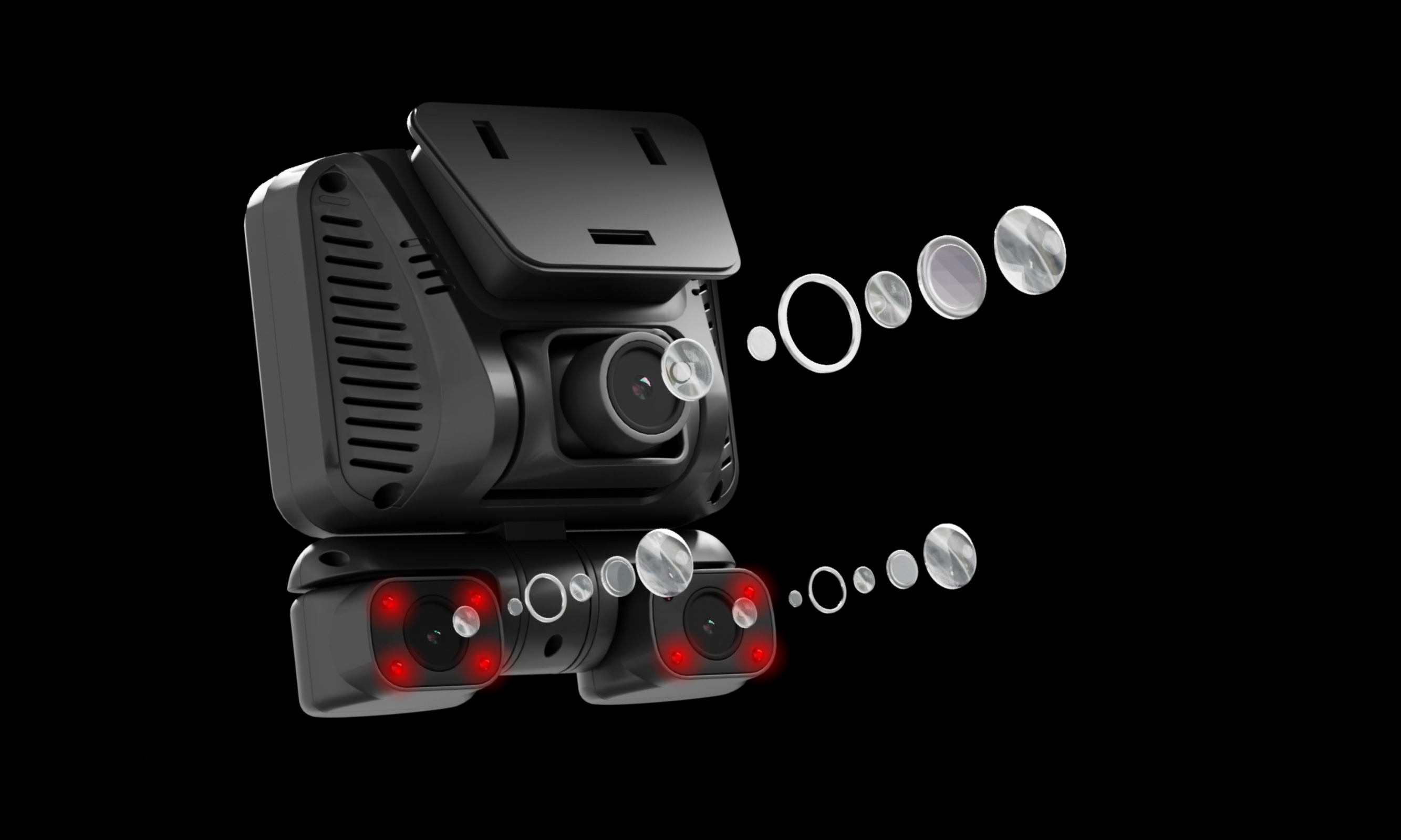When it comes to choosing a dash cam for your vehicle, one of the most important decisions is whether to go with a single front-facing camera or a front and rear dual camera system. Both have their benefits—but which one is better for your needs?
In this post, we’ll break down the differences, advantages, and ideal use cases for each setup, helping you make the best decision for your driving safety and recording needs.
What’s the Difference Between Single and Dual Dash Cams?
- Simpler Installation:With just one camera and one cable to power, single dash cams are quick and easy to set up.
- Lower Cost:Single lens models are typically more affordable, making them a great option for budget-conscious drivers.
- Compact Design:A front-only dash cam is smaller and more discreet, often blending seamlessly into your windshield area.
- Perfect for:City drivers,rideshare drivers in low-traffic zones,people who park in garages or safe areas and Budget-minded users
Advantages of a Dual Camera Dash Cam
Full Coverage: Front + Rear
A dual camera system like the DRIVEYE D9 provides complete visibility, capturing what’s happening behind you—a common blind spot for front-only cameras.
Enhanced Protection in Hit-and-Runs
If someone rear-ends your car, a front-only dash cam won’t capture the incident. A rear camera gives you vital evidence, including vehicle make, model, and license plate.
Better Parking Surveillance
Rear footage is especially useful in parking mode, capturing suspicious activity or collisions when your car is parked.
🎯 Ideal for:
-
Commuters in high-traffic areas
-
Rideshare & delivery drivers
-
Families with young children
-
Anyone using parking mode frequently
-
Drivers concerned about tailgaters or road rage
Rear footage is especially useful in parking mode, capturing suspicious activity or collisions when your car is parked.
🎯 Ideal for:
-
Commuters in high-traffic areas
-
Rideshare & delivery drivers
-
Families with young children
-
Anyone using parking mode frequently
-
Drivers concerned about tailgaters or road rage
Advantages of a Dual Camera Dash Cam
Full Coverage: Front + Rear
A dual camera system like the DRIVEYE D9 provides complete visibility, capturing what’s happening behind you—a common blind spot for front-only cameras.
Enhanced Protection in Hit-and-Runs
If someone rear-ends your car, a front-only dash cam won’t capture the incident. A rear camera gives you vital evidence, including vehicle make, model, and license plate.
Better Parking Surveillance
Rear footage is especially useful in parking mode, capturing suspicious activity or collisions when your car is parked.
Ideal for:
-
Commuters in high-traffic areas
-
Rideshare & delivery drivers
-
Families with young children
-
Anyone using parking mode frequently
-
Drivers concerned about tailgaters or road rage
The DRIVEYE Advantage: Full 360° Coverage
The DRIVEYE D9-5CH Dash Cam goes beyond front and rear—it’s a 5-channel camera system that includes:
- Front camera
- Rear camera
- Left & right cabin cameras
- Baby car camera (interior-facing)
This setup delivers 360° total awareness, day or night, making it the perfect solution for families, rideshare drivers, and long-distance travelers.
No matter which option you choose, a dash cam is an essential investment in your driving safety. But if you're serious about full protection, dual camera dash cams—especially multi-channel models like the DRIVEYE D9—offer far more coverage and peace of mind.
🚗💡 Better coverage means better evidence, better protection, and more peace of mind.
Learn More DRIVEYE D9




Leave a comment
This site is protected by hCaptcha and the hCaptcha Privacy Policy and Terms of Service apply.